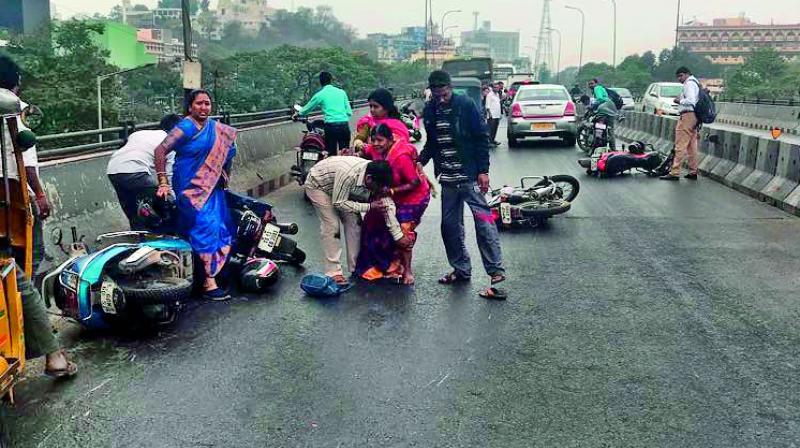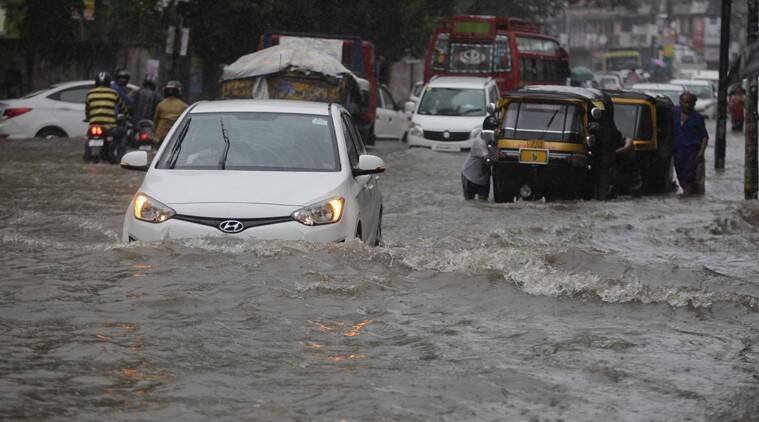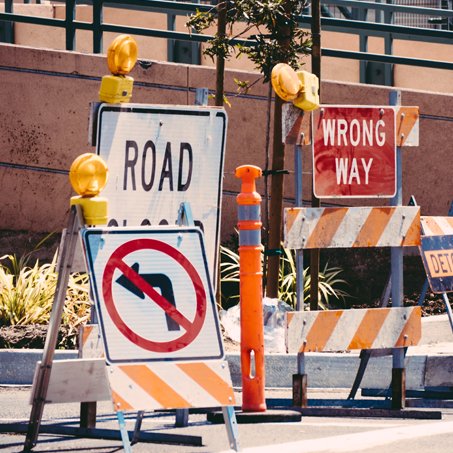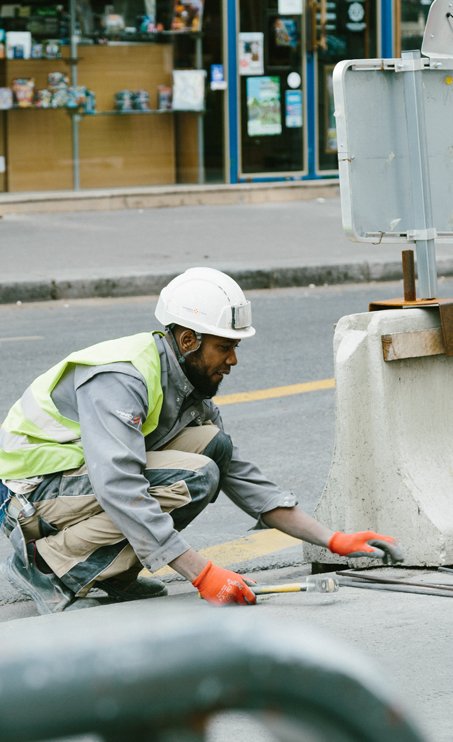Rainy season is one of the deadliest seasons when it comes to driving. Many expert drivers also lose control over their vehicles; be it four-wheelers or two-wheelers. It is also known as the season when most of the road crashes take place. Most of these road accidents are fatal, while most are highly injurious.
Rainy season brings dangers of wet roads and thick fogs that reduce visibility. Uncontrolled speed on wet roads is one of the major reasons of the road crashes in this reason. Besides, skidding of the vehicles due to sudden breaks also cause minor to major injuries. Altered visibility is caused due to fog in rainy seasons. If you are not careful enough, an otherwise beautiful drive in the rains can turn into an ugly crash.
Ladwa Solutions Inc supplies a wide range of solutions and equipment that are necessary in the rainy season for safety precautions.

Rainy Season: Effect on-Road Crashes
Here are few statistics of road crashes during the rainy season. According to a report by the Federal Road Safety Corps (FRSC), in 2016, a total number of 9,694 road traffic accidents took place. These road crashes involved nearly 15,682 vehicles and death toll of 5,053 persons. Almost 30,105 people sustained minor to major injuries during these road accidents.
A report compiled by the Auto Insurance Center shows that rain causes more driving fatalities than snow in 39 of the 50 states. In the US, nearly 7,000 people are killed in the car accidents caused due to bad weather.
For better road safety during rainy seasons, Ladwa Solutions Inc provides you a wide range of solutions and equipment.
What Precautions You Should Take While Driving in the Rainy Season

Here are some precautions you should take while driving in the rainy season.
Before you drive:
Check your car: Rainy weather puts extra strain on your vehicle’s systems. Ensure your headlights, taillights, brake lights, and windshield wipers are all functioning flawlessly. Wiper blades that are worn or cracked won’t effectively clear rain, so consider replacing them if necessary. Check your tire tread depth and inflation pressure according to your car’s manual. Proper tire pressure improves handling and reduces the risk of hydroplaning.
Plan your trip: If possible, consult the weather forecast and avoid driving during periods of torrential downpour. Even if the rain seems manageable when you start, weather conditions can change quickly. If driving is unavoidable during rain, allow extra time to reach your destination. Rushing increases stress and can lead to poor decision-making behind the wheel.
While driving:
Slow down: Wet roads have significantly reduced traction compared to dry roads. It takes longer for your car to come to a complete stop on a wet surface. Adjust your speed considerably below the posted limit. Remember, stopping distances can double or even triple in rainy weather.
Increase following distance: When driving in the rain, it’s crucial to maintain a much larger following distance than usual. This buffer zone provides extra time to react to sudden stops or slowdowns from the car in front of you. A safe following distance in good weather conditions is typically the length of two or three car lengths. In rainy weather, double or even triple that distance to give yourself ample room to maneuver safely.
Turn on headlights: Even during daylight hours when there’s rain, turn on your headlights. This improves your car’s visibility to other drivers on the road, especially when visibility is reduced due to rain or spray from passing vehicles.
Avoid harsh maneuvers: Braking, accelerating, and turning should all be done smoothly and gradually to prevent hydroplaning. Hydroplaning occurs when your tires lose traction and ride on a layer of water on the road surface instead of gripping the road itself. This can cause a loss of control of the vehicle.
Be aware of surroundings: Pay close attention to pedestrians, cyclists, and motorcyclists who may be even harder to see in the rain due to their smaller profile and potential lack of proper rain gear. Watch out for flooded areas that may be difficult to identify due to the rain obscuring the road. Be extra cautious of debris on the road washed up by rain, such as leaves or branches.
Defog your windows: Rain combined with humidity inside the car can quickly lead to fogged-up windows. Use your car’s defroster system to maintain clear visibility inside the vehicle. Consider keeping a microfiber cloth on hand to wipe condensation from the inside of the windshield for an even clearer view.
Don’t use cruise control: Cruise control can be a dangerous feature to use in wet conditions. If your car hits a patch of standing water while on cruise control, it may not deactivate automatically, which can lead to hydroplaning and a loss of control.
Avoid driving through flooded areas: If you encounter a flooded road, do not attempt to drive through it. The depth of the water may be difficult to judge, and there’s a high risk of stalling your car or being swept away by strong currents. Turn around and find another route, even if it means going out of your way.
Pull over if necessary: If the rain becomes too heavy and visibility deteriorates significantly, pull over to a safe location out of traffic and wait for the weather to improve. Continuing to drive in hazardous conditions is not worth the risk to yourself and others on the road.
These tips will help you remain safe in the rainy seasons and avoid any mishaps on the roads.

For any other solutions regarding Road Safety during rainy seasons, you can contact us at Ladwa Solutions Inc. We are here to help you. Ladwa Solutions Inc. is a pioneer in the manufacture, supply, and export of Traffic Safety Equipment, Industrial Safety Equipment, Security Equipment, Barrication, and Retro-reflective signages.








